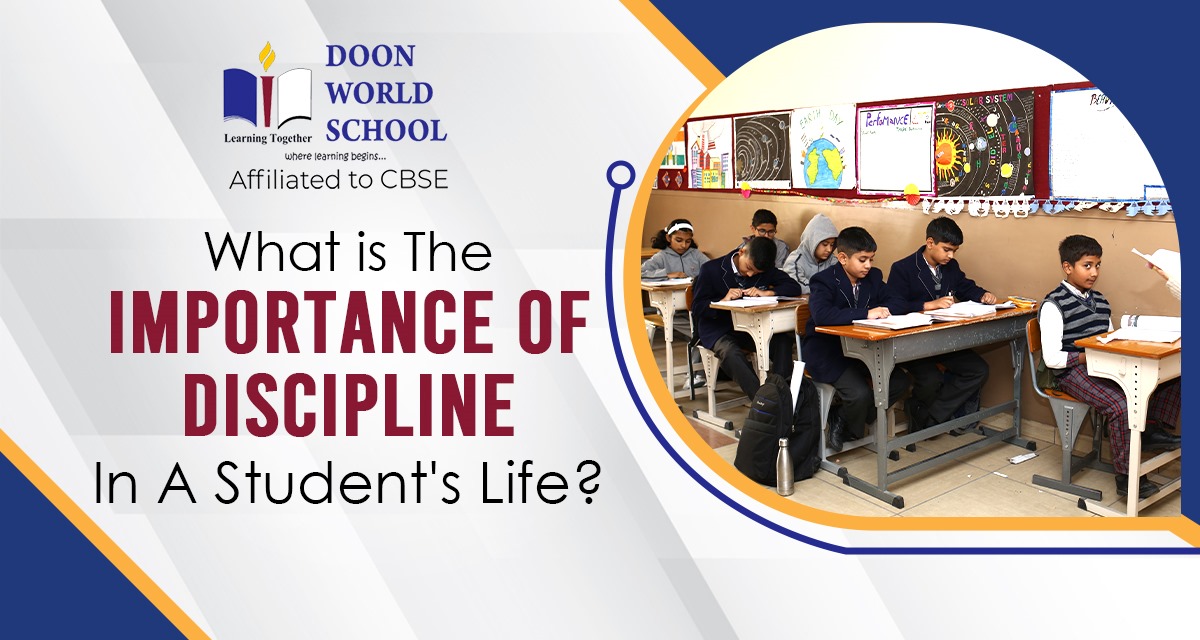
The History and The Significance of Bhaiya Dooj
India commemorates the unconditional love and relationship between brothers and sisters in two ways Rakshabandhan and Bhaiya Dooj. While Rakshabandhan entails the tying of a Rakhi (thread) on the right hand of a brother by his sister, Bhaiya Dooj entails the placing of a mark of Vermillion, known as Tilak, on her brother’s forehead.
Bhaiya Dooj is a festival that commemorates the enduring affection shared among siblings on the final day of Diwali. Bhaiya means brother, and Dooj denotes two days after Diwali in the lunar month of Kartik. On this holy day, every sister prays for their brothers’ health, longevity, and happiness, and in response, brothers gift presents and money to their sisters.
Methodology for Celebrating This Occasion
Though the method varies by region in India, sisters welcome their brothers to their home and prepare a lavish lunch that includes their favorite dishes/sweets. To finish the rite, sisters create a seat for their brothers out of rice flour, carrying on an age-old tradition. She offers aarti to her brother and imprints his forehead with a crimson tilak, which is made of rice, vermouth, and dahi (curd).
This tilak marking ceremony on Bhaiya Dooj is thought to represent a sister’s devotional prayer for her brother’s long and successful life. In response, older brothers bless their sisters and show them their affection by gifting them jewelry, money, or presents.
The Importance of Bhaiya Dooj
The tradition and story behind each ritual have significant meanings and ideals that play an important part in the building of Hindu culture. Bhaiya Dooj, like many significant Indian holidays, is associated with distinct characters and personalities, which enables the people of this nation to appreciate and grasp the actual significance and uniqueness of the event.
It is tough to comprehend the particular understanding and affection that exists between a brother and a sister. Bhaiya Dooj is one of the most anticipated events dedicated to strengthening the relationship between siblings.
Bhaiya Dooj’s narrative has been passed down by word of mouth as well as articles, literature, and archived texts. Sisters place the crimson tilak on the brother’s forehead with genuine affection, offering him the eatables of his choosing in exchange for the presents. The commemoration comes to a conclusion when the brother offers his prayers to God for a healthy and prosperous life and receives the blessing of all the elders in the home.
According to custom, the sister would offer her most earnest prayers to the moon god on behalf of her brother if he lives far away from her home. She keeps a fast and does aarti in the evening as her devotion to the Moon God. For this reason, Hindu families’ children refer to the moon as Chanda mama (Chanda means moon, and mama signifies mother’s brother).
The Folklore Around Bhaiya Dooj
There are several legends surrounding the origins of this fortunate day. According to history, the great Lord Krishna paid a visit to his sister, Subhadra, after defeating and destroying the powerful monster Narkasur. His younger sister greeted him warmly and marked the occasion with flowers, edibles, and sweets. Subhadra also conducted aarti and put the customary “tilak” on Krishna’s forehead. As a result, the “Bhaiya Dooj” celebration arose from there.
Another narrative centers on God Yama (the God of Death) and his sister Yamuna. It is said that after a long time, God Yama finally saw his beloved sister on Dwitheya, the second day following Diwali. Lord Yama was thrilled by his sister’s kind greeting, and the brother and sister had an enjoyable evening together. And, as God Yama prepared to depart from his sister’s home, he stated, “You have welcomed me with a pure heart, but I did not bring you a present. So, ask me something, and it will be yours.”
After some pleasant banter, Yamuna asked God Yama for a boon, saying, “It is my wish that all brothers remember their sisters on this fortunate day and, if possible, visit their house, and likewise, on this day, all sisters pray for their brother’s healthy and prosperous life.” “So be it!” exclaimed Lord Yama, adding, “I bestow long and successful life to all brothers who bless and offer presents to their sisters on this day.”
Nowadays, most families are downsizing, and family members are living in faraway regions to earn a living. However, Bhaiya Dooj, just like Rakshabandhan, continues to be one of the oldest celebrations that bring the family together by reuniting siblings and renewing their bonds.


